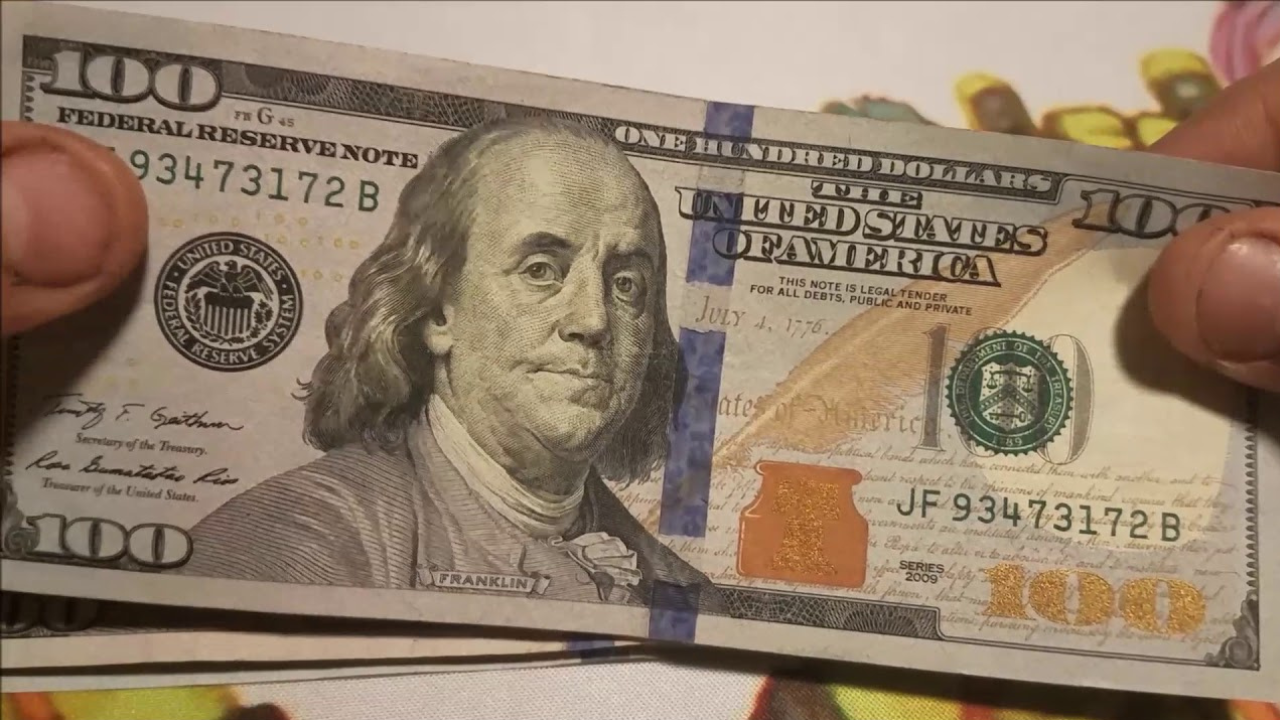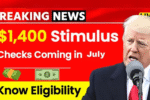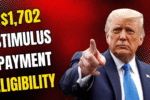Don’t spend the 2013 $100 note:Some 2013 $100 notes could be worth far more than their face value. While most people use them without noticing, certain printing errors and serial number patterns have turned some into collector gold. Before you spend your crisp $100 note, it’s important to check if it’s worth hundreds or thousands of dollars.
Let’s find out what to look for and why some of these notes are causing a stir in the currency collectors’ world.
Why the 2013 Series Is So Special
The 2013 series of $100 notes was part of a significant redesign by the U.S. Treasury. It incorporated advanced security features like a 3D blue security ribbon, color-changing ink and a big golden “100” on the back. These changes were intended to prevent counterfeiting — but they also created the conditions for some notable errors.
Due to the complexity of the printing process, some mistakes do happen. And those rare mistakes are what collectors are now looking for.
The Misprint That Could Be Very Valuable
A particular batch of 2013 $100 notes printed in Fort Worth, Texas reportedly contains a rare misprint. In 2014 and again in 2016, two different printing facilities printed the same serial numbers on separate batches of $100 notes — a major mistake.
This type of duplication error is known as a “duplicate serial number” error. Currency experts believe there are a limited number of these pairs, making them extremely rare and valuable if you find the serial numbers of both notes matching.
Reports indicate that collectors are offering thousands of dollars for matching pairs. Even a single note with a known error serial range can sell for hundreds of dollars.
How to Identify Rare Editions
You should check for the following on your 2013 $100 note:
- Series Year: Make sure the series says 2013 just below Benjamin Franklin’s portrait.
- Federal Reserve Indicator: Error noes were printed for the New York Federal Reserve Bank, so look for bills with the letter “B” in the Federal Reserve seal.
- Serial Number Range: Known duplicate serial numbers fall in the following range:
- B00000001 – B00250000
- B03200001 – B09600000
- These numbers appear twice in different print runs. If your bill falls within this range, it could potentially be a match.
Printing location: - The small lettering on the left side of the cover (near the picture) can tell you where it was printed. If your note was printed in Fort Worth (FW) or Washington, D.C., it may be part of a duplicate run.
What Makes These Bills Valuable?
The price depends on several factors:
- Condition: Bills in uncirculated or “crisp” condition sell for the highest prices.
- Serial Number: Fancy serial numbers (such as 00000001 or palindromes) increase desirability.
- Existence of Pairs: A single error note is valuable, but a pair of duplicate serial numbers can fetch thousands of dollars.
Collectors are particularly keen to find matching notes, so if you only have one note, it may be worth selling it to someone who is looking for another note.
Where to Sell Your Bill or Get it Evaluated
If you suspect you have a rare 2013 $100 note:
- Visit online currency forums like Collectors Universe or Paper Money Forum
- Use auction platforms like eBay or Heritage Auctions (but research pricing first)
- Contact a certified currency dealer through the American Numismatic Association (ANA)
Avoid local pawn shops unless you know of their expertise in rare currency. Always check multiple sources for a fair valuation.
Final Thoughts
That $100 bill in your wallet could be worth more than you think. With just a few minutes of careful investigation, you could find a rare collector’s item hiding in plain sight.
So before you break open that bill at the store, take a closer look—you might have something worth $1,000 in your hands.
Disclaimer: This article is for informational purposes only. Valuations fluctuate based on market demand and expert opinion. Always consult a certified valuer for accurate valuation.





